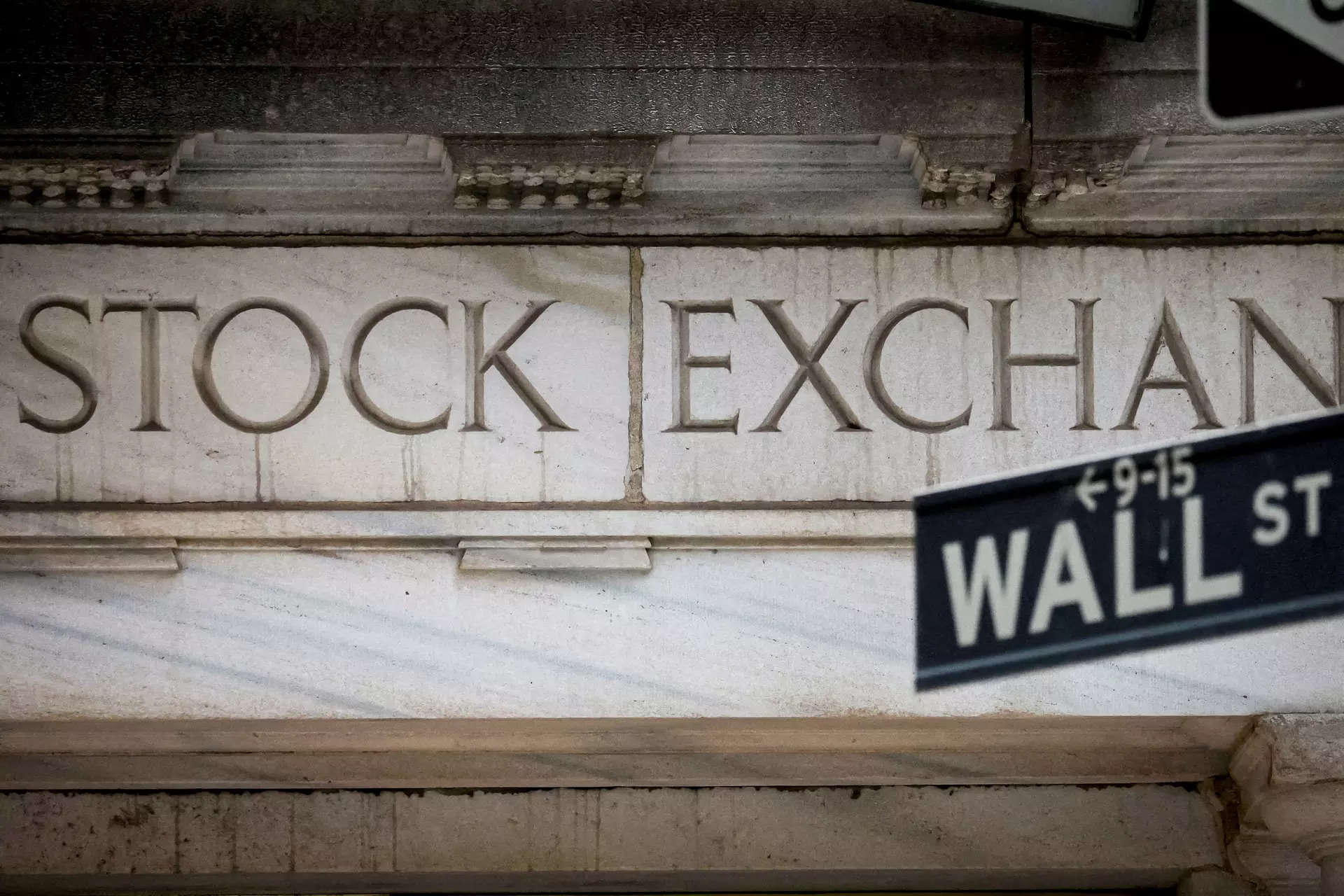Nasdaq jumps as Nvidia results drive up chip stocks
The Dow Jones Industrial Average fell 0.56% intra-day, dragged down by industrial stocks and a 2% drop in Boeing following a U.S. regulator's warning about the planemaker's safety concerns. Meanwhile, the S&P 500 and Nasdaq Composite edged higher, showing resilience despite the Dow's decline.
The tech-heavy and the benchmark S&P 500 opened at on Thursday as rallied after 's upbeat revenue forecast, but persistent worries about U.S. inflation kept market exuberance in check.The 's stock opened above the $1,000 mark for the first time and was 8.7% higher by 10:00 a.m. ET, on track to add around $220 billion in if gains hold.
The semiconductor bellwether also announced a , following an over 90% surge in its shares this year and a threefold jump in 2023 that have made Nvidia the third-most valuable U.S. stock.
The response to Nvidia's results contrasts the muted, range-bound trading on Wall Street in the days leading up to the release, underscoring the company's growing significance.
Other chip and AI-linked stocks rose, with , , and rising between 2.8% and 10%.
"When (Nvidia) results beat, bang, money is straight back on the table, but it's all a momentum trade," said Marc Ostwald, chief economist and global strategist at .
"With so much uncertainty elsewhere, investors are being cautious and just sticking to what I would call 'flipping the market.' Short term trades, short term perspective."
The S&P 500 pared gains after data showed U.S. increased in May even as business activity accelerated, while initial jobless claims dropped to a seasonally adjusted 215,000 for the week ended May 18, compared with expectations of 220,000.
Minutes of the 's latest policy meeting released on Wednesday showed rate-setters still had faith price pressures would ease in coming months, but remained doubtful about whether the current level of was high enough to ensure that outcome.
"Right now, the case for cutting rates just really isn't there," Ostwald said.
Traders currently expect the U.S. central bank to reduce its interest rates by nearly 40 basis points this year.
At 10:00 a.m. ET, the Industrial Average was down 221.43 points, or 0.56%, at 39,449.61, the S&P 500 was up 3.90 points, or 0.07%, at 5,310.91, and the Composite was up 82.81 points, or 0.49%, at 16,884.35.
Losses in industrial shares and a 2% decline in Boeing weighed on the Dow after a U.S. regulator said the planemaker faces a "long road" to address safety issues.
Still, both the S&P 500 Information Technology sector index and Philadelphia Semiconductor index touched record highs thanks to optimism around Nvidia's results.
The CBOE Volatility Index, also known as Wall Street's "fear gauge", hit its lowest levels since November 2019.
DuPont climbed 5.6% on the U.S. conglomerate's plans to split into three publicly traded companies.
Shares of Ticketmaster owner Live Nation dropped 6.2% after a report that the U.S. Department of Justice could seek a break-up of the company to combat its domination of concert ticket sales.
Declining issues outnumbered advancers for a 2.10-to-1 ratio on the NYSE and for a 2.19-to-1 ratio on the Nasdaq.
The S&P index recorded 29 new 52-week highs and six new lows, while the Nasdaq recorded 50 new highs and 72 new lows.
Source: Stocks-Markets-Economic Times
